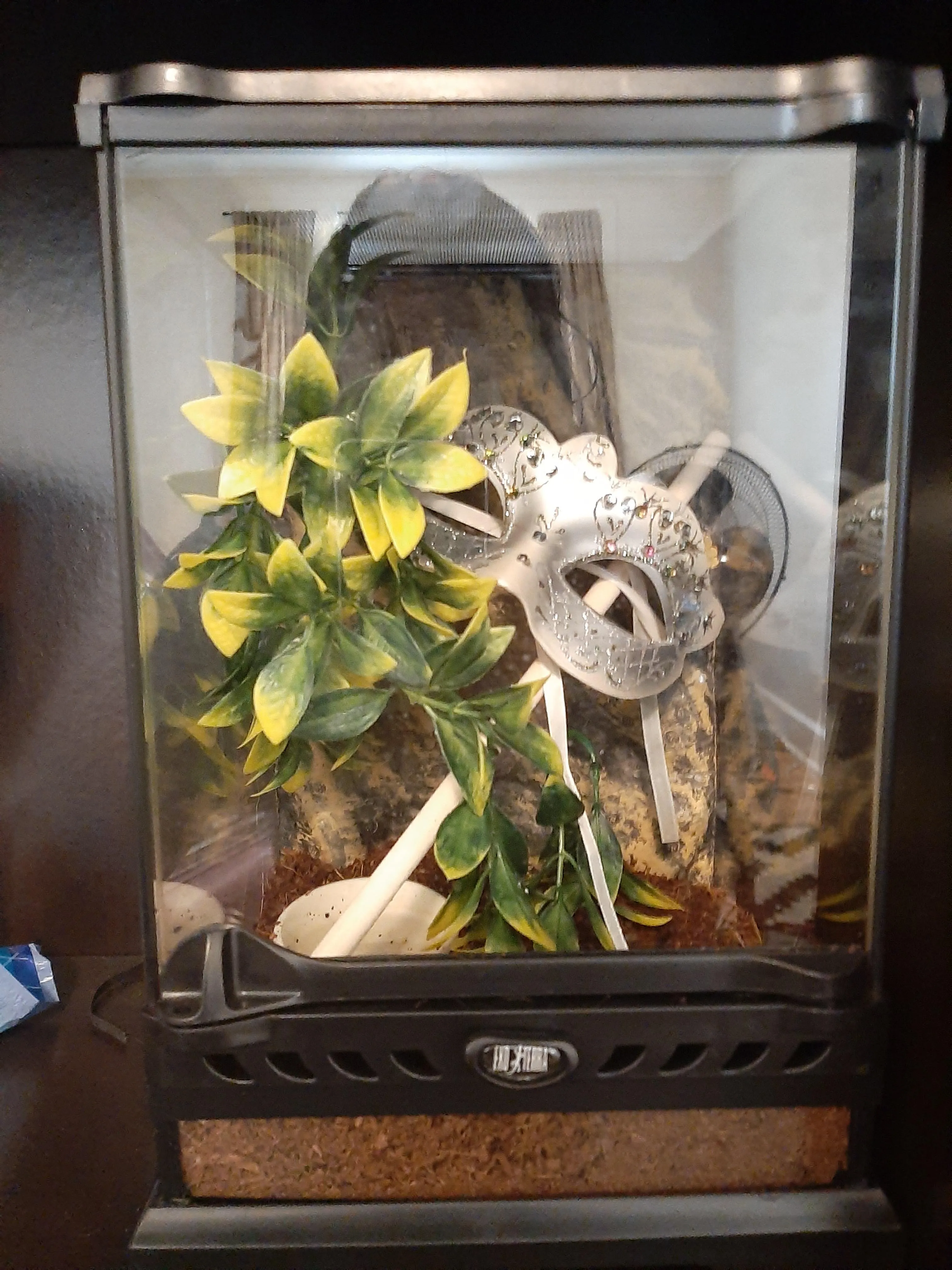Bringing a tarantula into your home is an exciting experience, and a crucial part of responsible tarantula ownership is providing a proper enclosure. Finding the right habitat is essential for your spider’s health, happiness, and overall well-being. The market offers numerous options, from specialized online retailers to local pet stores. This guide will help you navigate where to buy a tarantula enclosure and how to choose the best one for your new pet. Remember, a well-chosen enclosure is an investment in the longevity and quality of life of your tarantula, ensuring they thrive in their new home.
Top 5 Places to Buy Tarantula Enclosures
The best place to buy a tarantula enclosure will depend on your individual needs and preferences. Consider factors such as budget, convenience, and the level of expertise you desire. Here are five popular options to consider:
Online Retailers
Online retailers offer a vast selection of tarantula enclosures, often at competitive prices. Stores such as Amazon, eBay, and specialized reptile supply websites are great options. Online shopping allows you to compare different enclosure types, sizes, and features easily. Many retailers provide detailed product descriptions, customer reviews, and high-quality images, which are incredibly helpful. Keep in mind shipping costs and times, and read reviews about the seller’s packaging quality to ensure your enclosure arrives safely. Make sure to look for retailers that specifically cater to reptile or arachnid needs for best results. Consider the retailer’s return policy in case the enclosure arrives damaged or is not suitable.
Specialty Reptile Stores
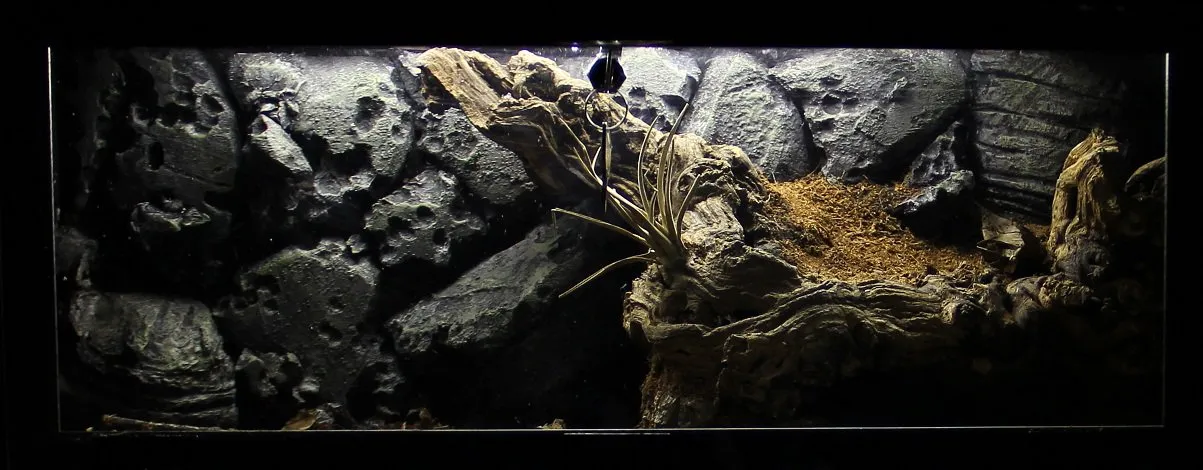
Specialty reptile stores are a fantastic resource, particularly if you want expert advice. These stores often have knowledgeable staff who can guide you in selecting the right enclosure for your specific tarantula species. You’ll have the opportunity to see the enclosures in person, assess their build quality, and ask detailed questions. These stores usually stock a variety of enclosure sizes, materials, and features, providing many options. Additionally, these stores often have all the other supplies you need, like substrate, decor, and heat lamps, making it easy to buy everything in one place. The staff often have practical experience in setting up enclosures and caring for tarantulas, which makes them an invaluable resource.
Local Pet Shops
Local pet shops, while potentially offering a more limited selection than specialty stores or online retailers, can still be a viable option. They offer the convenience of immediate purchase and may have staff available to answer basic questions. Check the quality of enclosures, since not all pet stores have experience with tarantulas specifically. It’s important to assess the enclosures yourself, paying attention to materials, ventilation, and security. Local pet shops can be a convenient option if you need an enclosure in a hurry or prefer to support local businesses. However, be sure to compare prices and options to ensure you’re getting the best value for your money.
Reptile Expos and Shows
Reptile expos and shows are excellent places to find tarantula enclosures, often at discounted prices. These events bring together vendors from all over, offering a wide variety of enclosures, supplies, and live animals. You can compare products from multiple vendors, ask questions, and sometimes even negotiate prices. At these events, you can find specialty enclosures and unique setups you may not find elsewhere. The atmosphere is usually exciting, and you’ll be surrounded by fellow reptile enthusiasts. Be prepared for potential crowds, and consider bringing cash, as some vendors may not accept credit cards. Make sure to inspect any enclosure thoroughly before making a purchase to ensure it meets your standards.
Craigslist and Similar Platforms
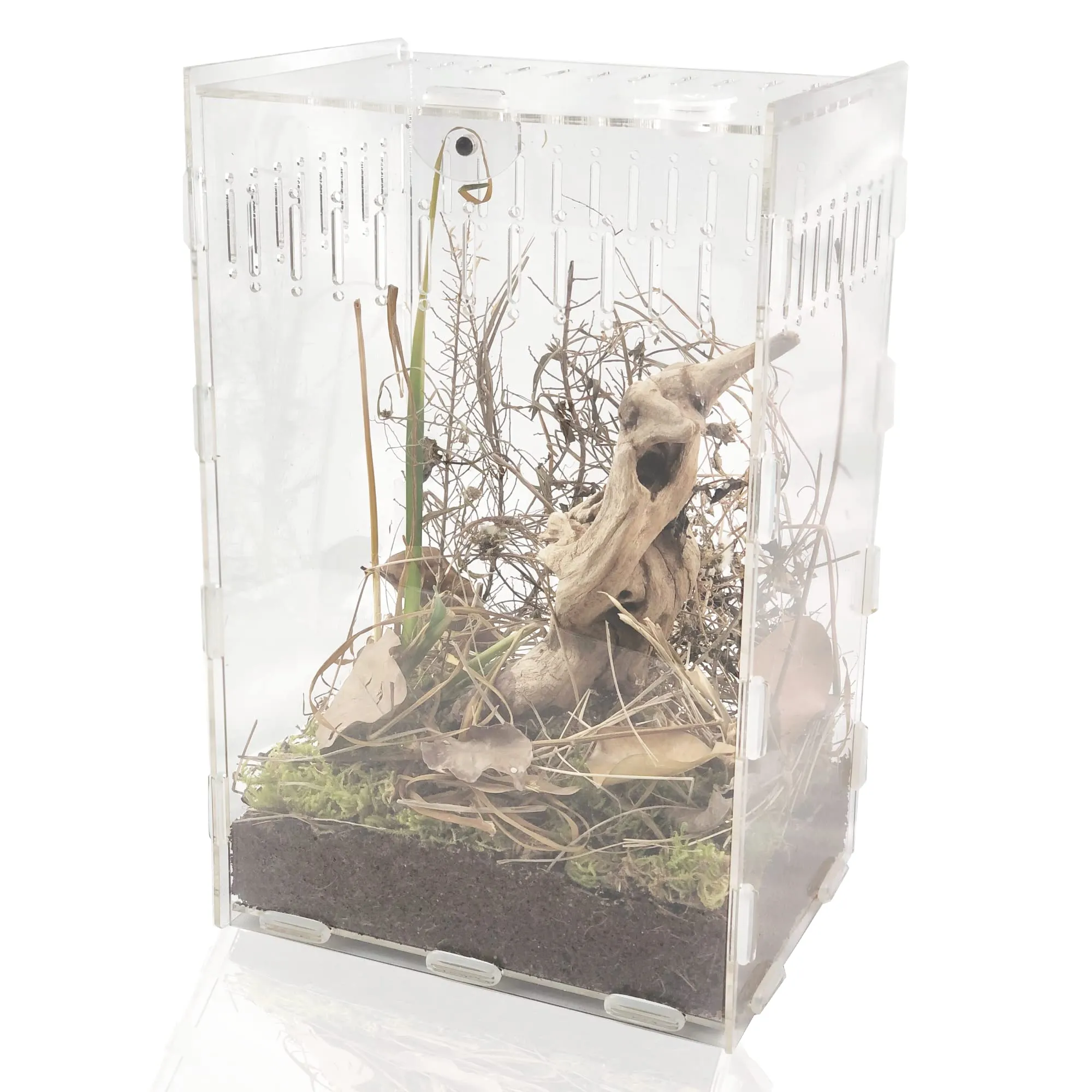
Platforms like Craigslist or local classifieds can sometimes be a source of used tarantula enclosures, which can be a budget-friendly way to obtain an enclosure. Always meet the seller in a public place and inspect the enclosure thoroughly before purchasing it. Check for any cracks, damage, or signs of previous use, and make sure it’s been properly cleaned and disinfected. While the prices can be attractive, be aware that you might not have the same guarantees or customer service as you would from a retailer. Make sure the enclosure is suitable for your specific tarantula species and provides adequate ventilation and security.
Factors to Consider When Choosing
Choosing the right tarantula enclosure involves considering several key factors that impact your spider’s well-being. Ignoring these factors can create an unhealthy environment that impacts your tarantula’s health. The best enclosure provides safety and allows for a comfortable environment to thrive. Careful consideration of these aspects ensures a happy and healthy tarantula.
Size and Dimensions
The size of the enclosure is crucial. It should be large enough for the tarantula to move comfortably but not so large that the spider feels overwhelmed. A good rule of thumb is to provide an enclosure that is at least twice the spider’s leg span in width and length. Consider the species; terrestrial tarantulas need more floor space, while arboreal tarantulas need more height. Make sure to provide enough space for the tarantula to molt and to accommodate substrate, decorations, and hiding places. Too large an enclosure for a small spider can make it difficult for the spider to find its food. Research the specific requirements of your tarantula species to ensure the enclosure meets its needs.
Material
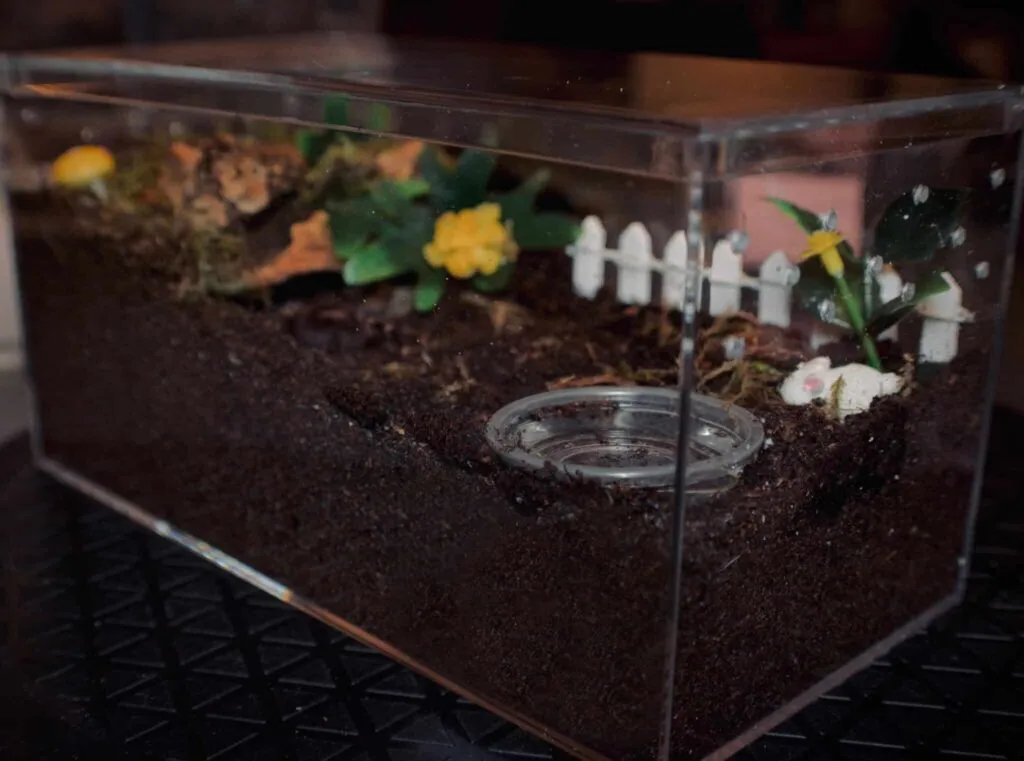
Tarantula enclosures are typically made from glass, acrylic, or plastic. Glass enclosures offer good visibility and are easy to clean, but they can be heavy and more prone to breakage. Acrylic enclosures are lightweight, durable, and offer excellent visibility; they are often a great option. Plastic enclosures are often the most affordable, but make sure the plastic is sturdy and non-toxic. Choose a material that provides good visibility, is easy to maintain, and meets your budget. Ensure the material is sturdy enough to prevent escapes and withstand the tarantula’s digging and climbing behavior.
Ventilation
Proper ventilation is critical for maintaining healthy air quality and preventing mold and mildew. Look for enclosures with vents, either on the top or the sides, to allow for airflow. The ventilation design should prevent the escape of the spider while allowing air circulation. Too much ventilation can dry out the enclosure, while too little can lead to humidity build-up. The amount of ventilation needed varies depending on the tarantula species and your local climate; adjust based on observation and humidity readings. A good balance between ventilation and humidity is key to a healthy tarantula environment.
Security
Tarantulas are skilled escape artists, so a secure enclosure is essential. Ensure the enclosure has a secure lid that can’t be easily pried open. Consider the design of the enclosure and if there are any potential escape points. Locks or clips can be a useful addition, especially if you have children or other pets. Always check the enclosure regularly to make sure the lid is properly closed and secure. A secure enclosure will help keep your tarantula safe and prevent accidental escapes, which could be dangerous for both the spider and any pets or people in your home.
Accessibility
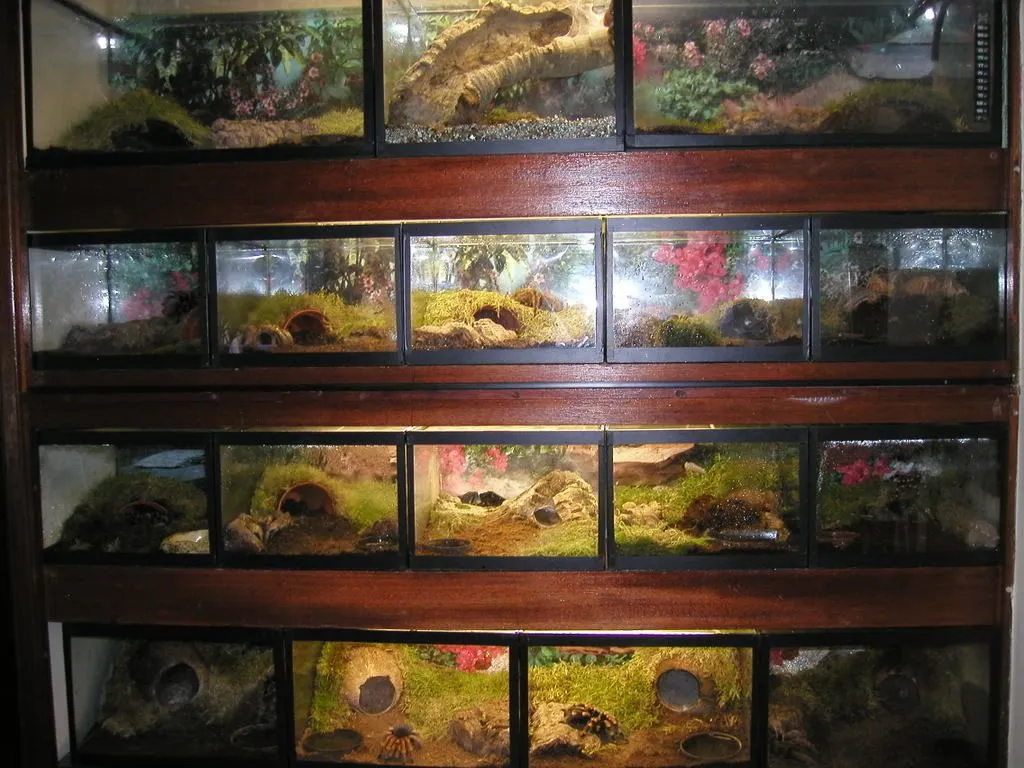
Consider how easy the enclosure is to access for feeding, watering, and cleaning. Enclosures with front-opening doors are often more convenient than top-opening ones, especially for arboreal species. The design should make it easy to reach inside without risking the spider escaping. Look for enclosures with features like sliding doors or hinged lids. The overall design should allow easy access to the interior for maintenance and adjustments to the environment.
Setting up Your Tarantula Enclosure
Once you’ve purchased your tarantula enclosure, proper setup is essential for the spider’s well-being. The environment needs to mimic the tarantula’s natural habitat as closely as possible, which involves providing appropriate substrate, decorations, and humidity levels.
Substrate Selection
The substrate is the bottom layer of the enclosure and is critical for the tarantula’s health. The substrate helps retain moisture and provides a surface for the spider to burrow and feel secure. Good substrate options include a mixture of coconut fiber, peat moss, and topsoil. The substrate depth should be appropriate for the tarantula species. Make sure the substrate is not toxic, is free of pesticides, and is replaced regularly. The correct substrate will help maintain the right humidity levels for your tarantula.
Decorations and Hiding Spots
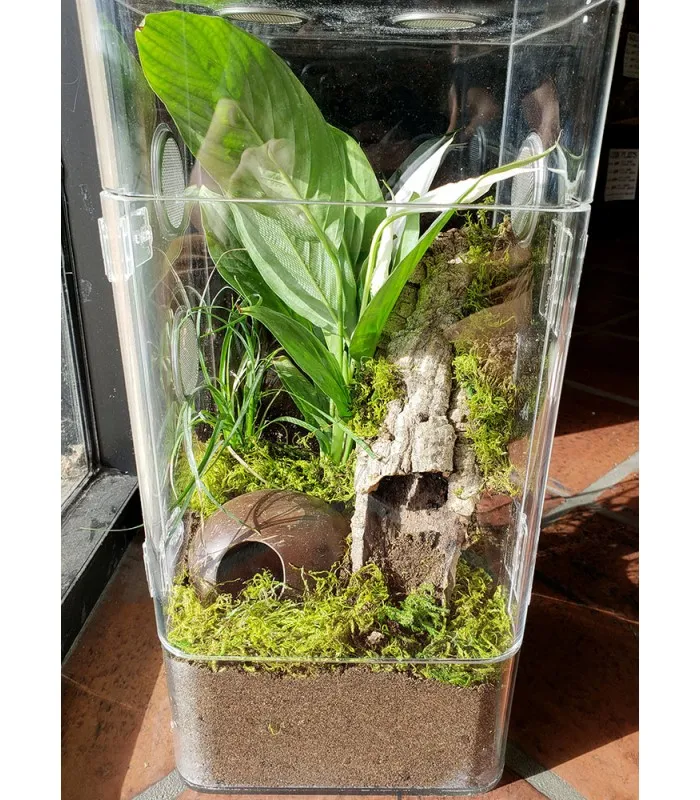
Provide decorations and hiding spots to create a stimulating environment for your tarantula. This helps the spider feel safe and secure, reducing stress. Cork bark, artificial plants, and decorative hides are all great options. Ensure the decorations are clean, non-toxic, and do not have sharp edges. Consider the species when choosing decor; arboreal tarantulas will need climbing structures, while terrestrial species may prefer hides on the ground. Provide a water dish with fresh water at all times. Adding decorations creates a naturalistic environment and enriches the spider’s life.
Water and Humidity Control
Maintaining the correct humidity levels is vital for your tarantula’s health. Different species have different humidity requirements. Use a hygrometer to monitor humidity levels accurately. Provide a shallow water dish with fresh water at all times. Mist the enclosure with water regularly to maintain the correct humidity, adjusting the frequency based on the species and the substrate. Ensure that the enclosure has adequate ventilation to prevent excessive humidity. Keeping the correct humidity level promotes healthy molting and overall health.
Maintenance and Cleaning
Regular maintenance and cleaning are essential for keeping your tarantula’s enclosure healthy and hygienic. Establishing a regular cleaning schedule helps prevent the build-up of waste, mold, and bacteria. Proper cleaning contributes significantly to the well-being of your tarantula.
Regular Cleaning Schedule
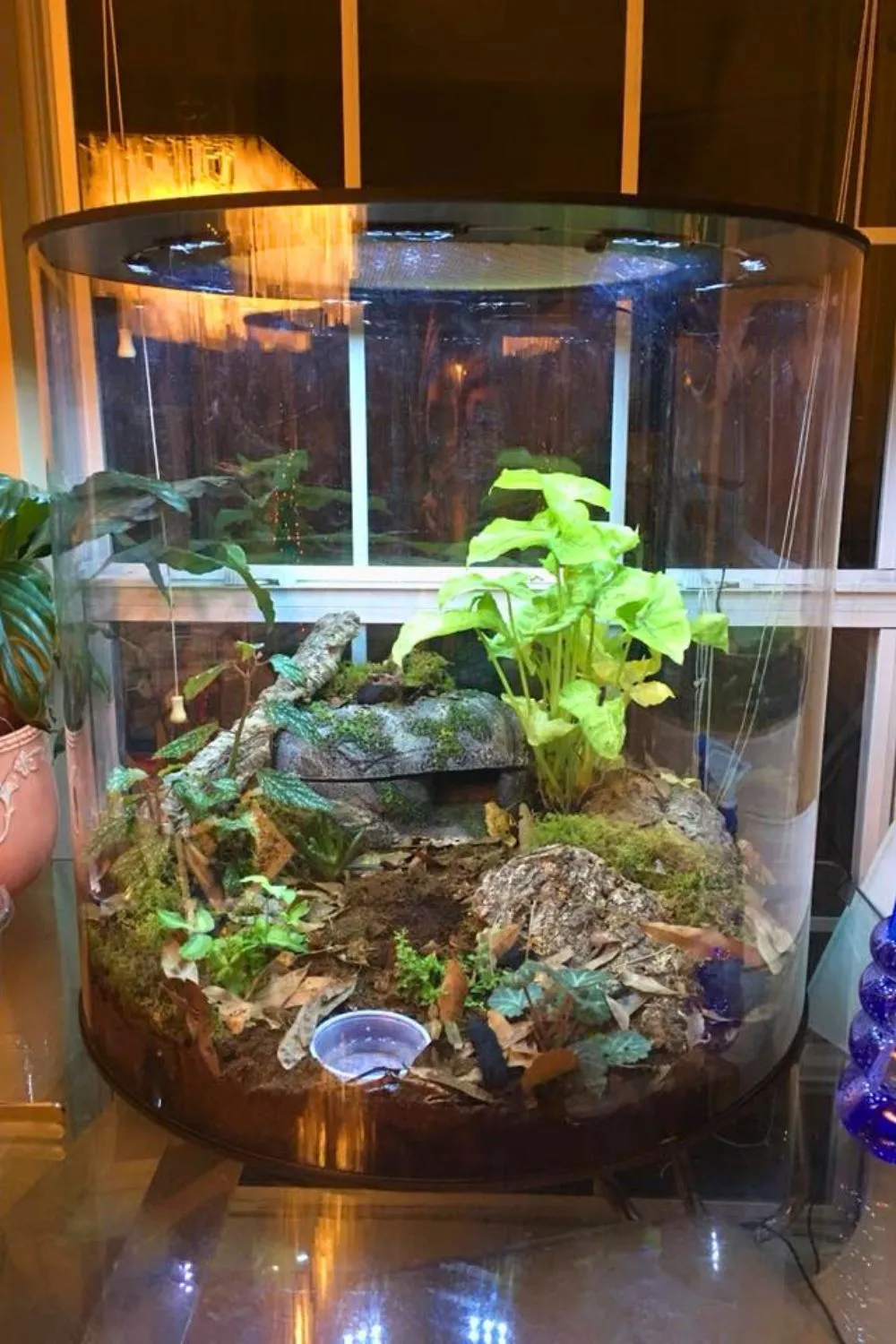
Establish a cleaning schedule to maintain the health and hygiene of the enclosure. This includes daily, weekly, and monthly tasks. Daily tasks include removing uneaten food and checking the water dish. Weekly tasks might involve spot cleaning and monitoring humidity levels. Monthly tasks could include a complete enclosure change. Consistency with your cleaning routine will help maintain a healthy environment for your tarantula.
Spot Cleaning
Spot cleaning involves removing any visible waste or debris from the enclosure. This includes removing uneaten food items, shed exoskeletons, and any fecal matter. Spot cleaning should be done regularly, ideally daily or every other day. Using a small spoon or tongs can help with this. This helps prevent the buildup of bacteria and keeps the enclosure clean.
Complete Enclosure Changes
A complete enclosure change involves removing the substrate and thoroughly cleaning the enclosure. This should be done every few months, depending on the species and how quickly the substrate breaks down. Remove the tarantula (using appropriate safety measures), remove all decorations and the old substrate, and clean the enclosure thoroughly with a reptile-safe cleaner. Allow the enclosure to dry completely before adding fresh substrate and replacing the decorations. This thorough cleaning helps maintain a healthy environment and prevents the buildup of harmful bacteria.
Conclusion
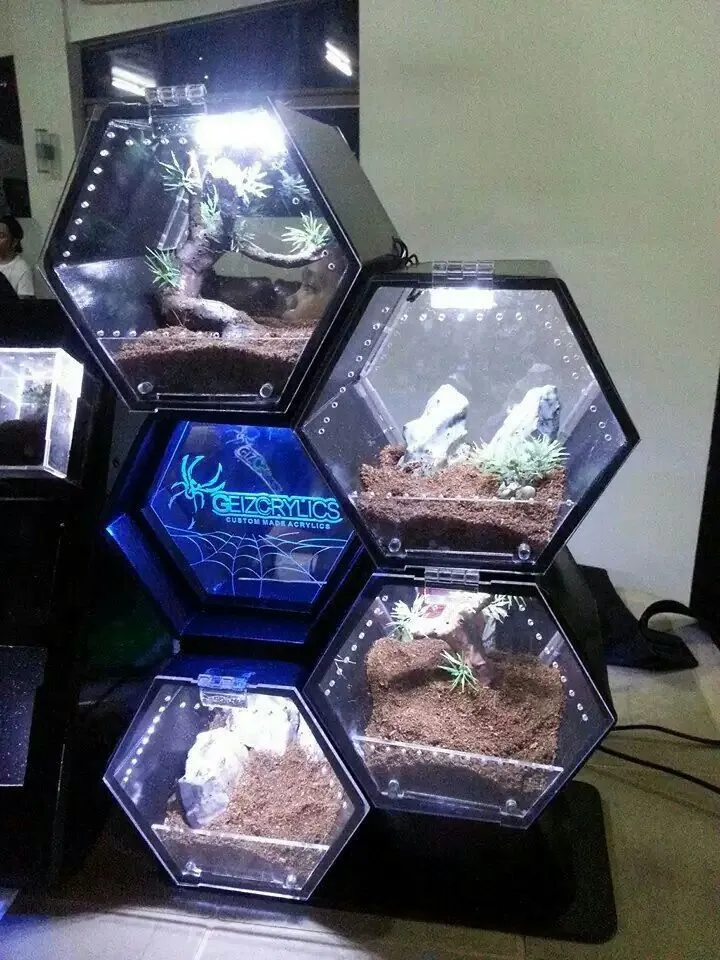
Choosing the right tarantula enclosure and maintaining it properly are critical aspects of responsible tarantula ownership. By considering the factors discussed in this guide and following the setup and maintenance recommendations, you can create a safe and healthy environment for your tarantula to thrive. Choosing the right enclosure and providing the appropriate habitat ensures your tarantula’s health and happiness for years to come. Enjoy the fascinating world of tarantula keeping!
